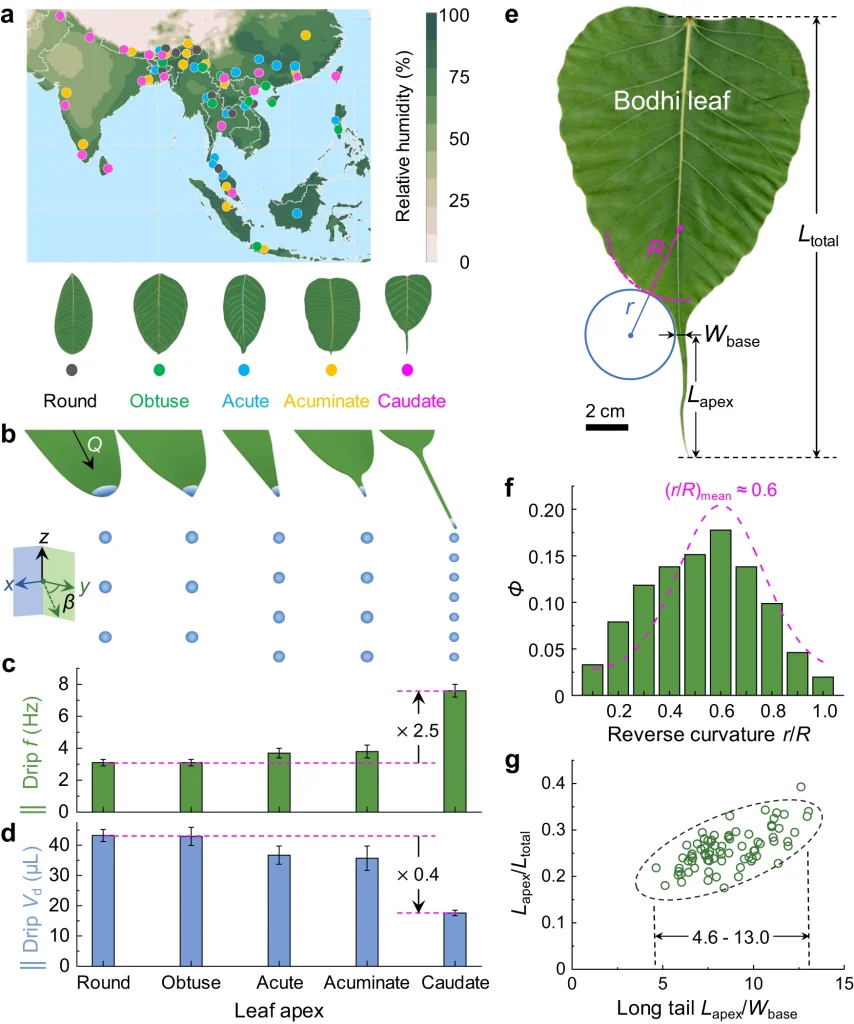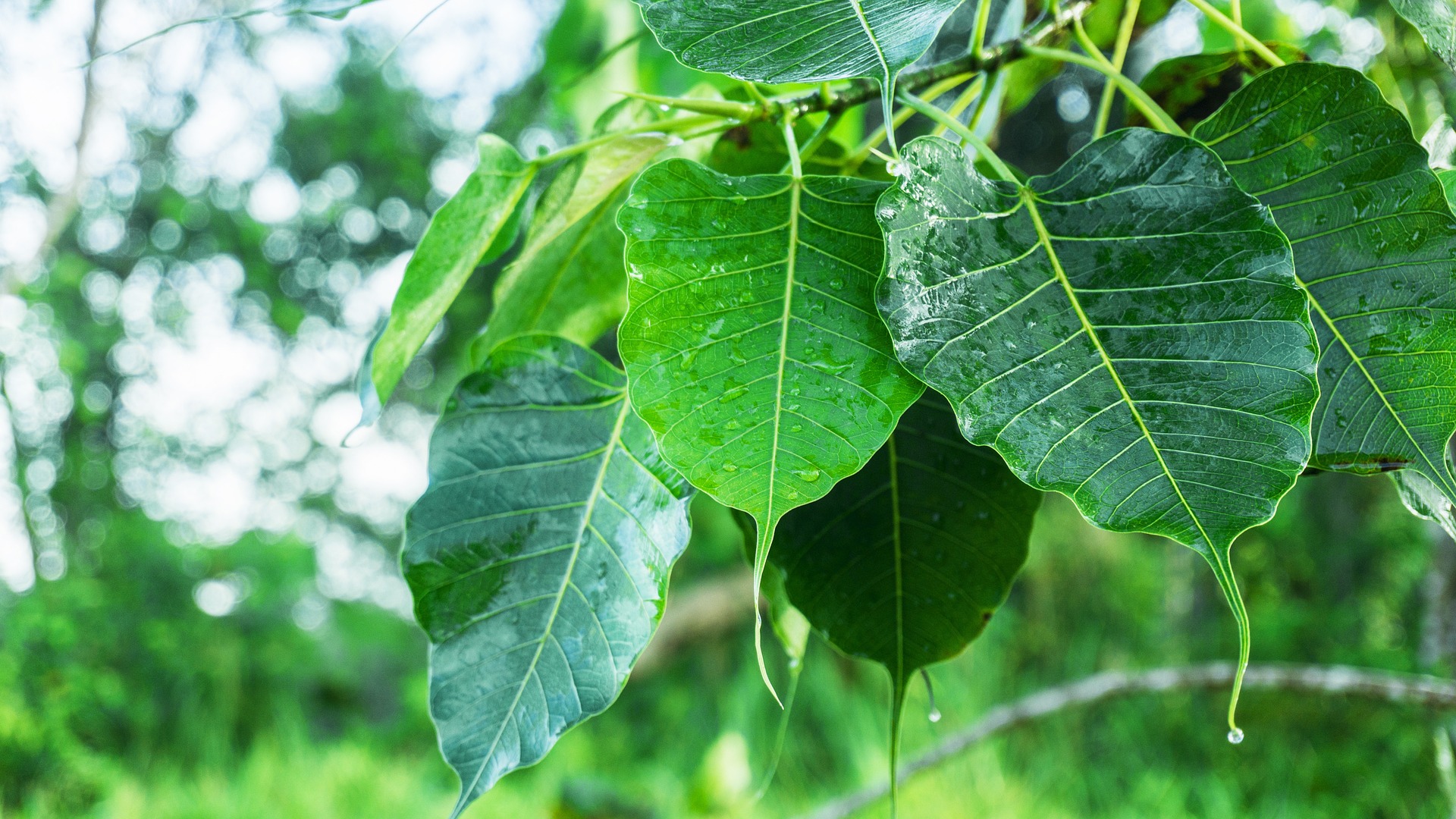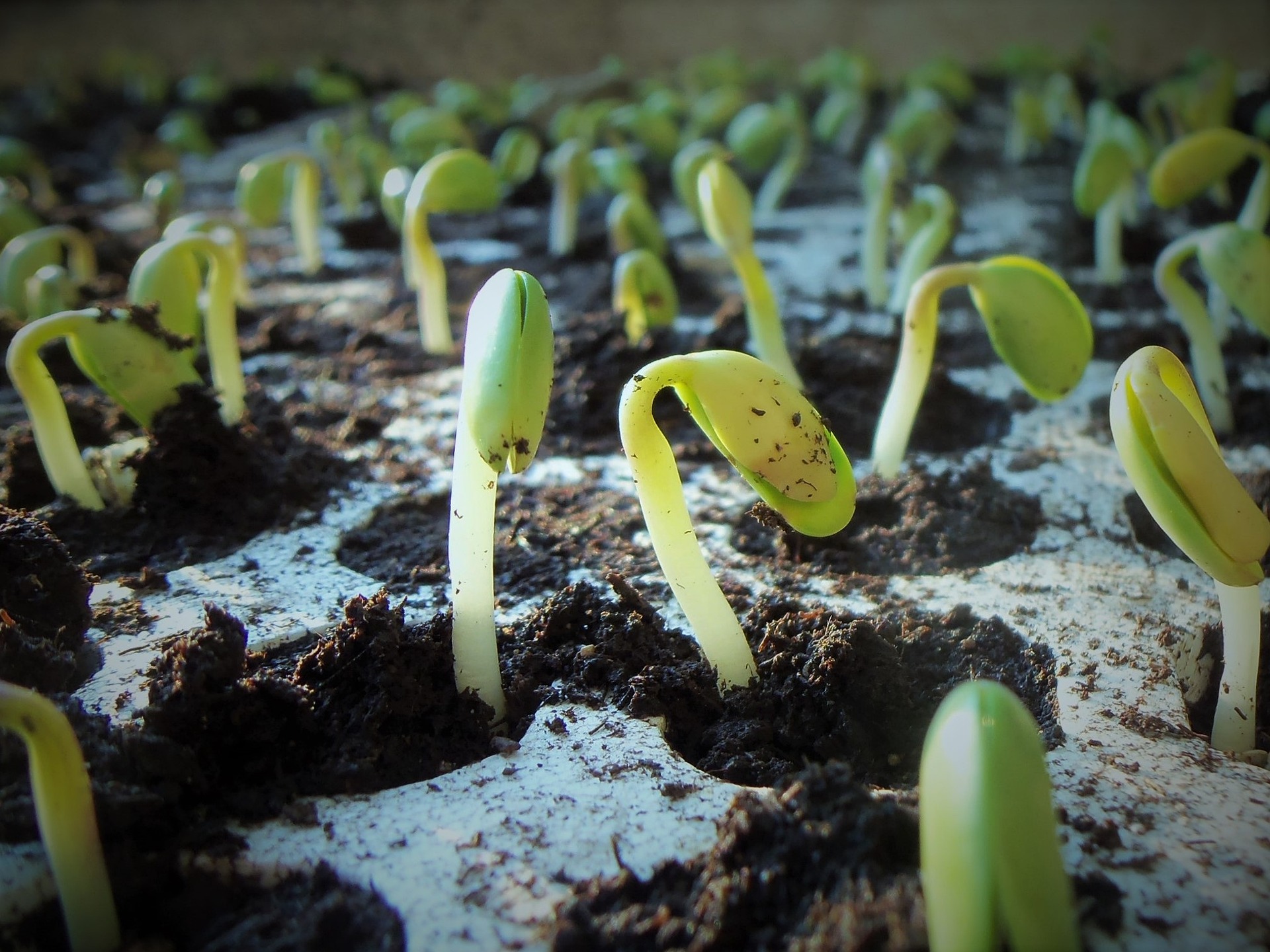- Are you familiar with the shape of the leaves of the Bodhi tree (Indian Bodhi Tree)?
- Method: Design of an Innovative Irrigation System Modeled After Bodhi Tree Leaves
- Results: High-Efficiency Water Utilization by BLAM Emitters
- Discussion: Application of BLAM Emitters in Agriculture and Their Effects
- Summary: Development of Efficient Irrigation Devices is Possible. Consideration for Business Expansion.
Are you familiar with the shape of the leaves of the Bodhi tree (Indian Bodhi Tree)?
Modern irrigated agriculture consumes about 70% of the freshwater available on Earth. This resulting water shortage affects approximately 4 billion people and is expected to increase. Crops like corn are particularly vulnerable to water scarcity, sometimes experiencing a reduction in yield of about 40%. In light of this situation, the development of more efficient irrigation methods has become urgent.
Nature often hides hints for solving various problems, one of which is biomimicry. By mimicking the useful shapes and characteristics of living organisms, we can create beneficial things that never existed before. The research paper we are introducing here has developed a new irrigation system inspired by the unique shape of the leaves of the Bodhi tree, a sacred tree in Buddhism, known as the Indian Bodhi Tree. The leaves of the Bodhi tree, with their curved sides and long tails, control the flow of water, achieving efficient water discharge. The developed system uses “BLAM (Bodhi-Leaf-Apex-Mimetic)” emitters, modeled after the shape of Bodhi tree leaves, aiming to save water and aid in plant germination and growth. Let’s take a closer look.

https://www.nature.com/articles/s41467-023-41673-0
Method: Design of an Innovative Irrigation System Modeled After Bodhi Tree Leaves
Plants of the Ficus genus (which includes the Bodhi tree) achieve efficient water discharge due to their unique leaf shapes, and this research has developed an irrigation system that takes advantage of these features. Initially, 18 species of the Ficus genus were studied, and based on the shapes of their leaf tips, they were categorized into five groups. Artificial leaves were created using laser-cut polyethylene terephthalate to analyze the water flow and droplet separation in detail, exploring the effectiveness of this system. The widespread availability of laser cutters and 3D printers has certainly been instrumental in advancing research in the field of biomimicry.

https://www.nature.com/articles/s41467-023-41673-0
Results: High-Efficiency Water Utilization by BLAM Emitters
The curvature of the Bodhi tree leaf’s side significantly reshaped the hydrodynamics of water flow, determining the centroid of droplet separation. Artificial leaves, crafted from laser-cut PET, had small ridges to control the flow and facilitate the formation of water droplets. This structure stabilized the process of water droplets dripping from the leaf tip, enabling efficient water discharge. Furthermore, an experiment using a single needle was designed to investigate the impact of the leaf’s long tail. The ratio of the tail’s length to the base’s width was assessed for its effect on water discharge efficiency. In the Bodhi tree leaves, this ratio is optimized, enhancing water drainage and creating effective water shedding. Less water remaining on the leaf reduces damage and wilting.
As the flow rate increased, the state of water discharge changed. In conditions of higher water volume, a decrease in droplet volume and an increase in droplet frequency were observed. Thus, it was discovered that Bodhi tree leaves possess an efficient mechanism for water discharge.
An imitation device, the BLAM emitter, was created based on this shape. While simple dripping results in uneven droplet separation and biased water supply, the use of BLAM emitters leads to smaller droplet volumes and increased drip frequency. This allows for a more uniform distribution of water, increasing the amount available for plant utilization and consequently enhancing growth.

https://www.nature.com/articles/s41467-023-41673-0
Discussion: Application of BLAM Emitters in Agriculture and Their Effects
The irrigation system utilizing BLAM emitters demonstrates significant advantages over traditional irrigation methods, particularly in promoting crop growth in sandy soils. This system, by producing water droplets at a high frequency and in small volumes, reduces soil evaporation and enhances the efficiency of irrigation. Moreover, experiments with wheat, cotton, and corn have shown that irrigation using BLAM emitters stimulates germination and growth in these crops. This system is expected to alleviate problems associated with water scarcity and soil compaction, thereby improving the sustainability of agricultural practices.

https://www.nature.com/articles/s41467-023-41673-0
Summary: Development of Efficient Irrigation Devices is Possible. Consideration for Business Expansion.
This research demonstrates the development of an innovative irrigation system inspired by unique shapes found in nature. The irrigation system utilizing BLAM emitters, with its small droplet volume and high frequency, reduces water bias and enhances the sustainability of agriculture. This technology shows potential as an efficient method of irrigation, especially in areas like sandy soils where irrigation is challenging, and is expected to play a significant role in the future of agriculture.
From a business perspective, modifying the shape of the tip of droplet-based irrigation devices to mimic the shape of Bodhi tree leaves could enhance their effectiveness. Although it may seem like a small improvement when viewed in isolation, even a few percent in cost reduction can lead to increased revenue when applied on a large scale. In large-scale agriculture, efficiency gains through incremental improvements are essential, and products that can make a difference of a few to several percent, like this one, are likely to be in demand.
Indeed, there is still much potential hidden in the plant world waiting to be discovered and utilized.



コメント